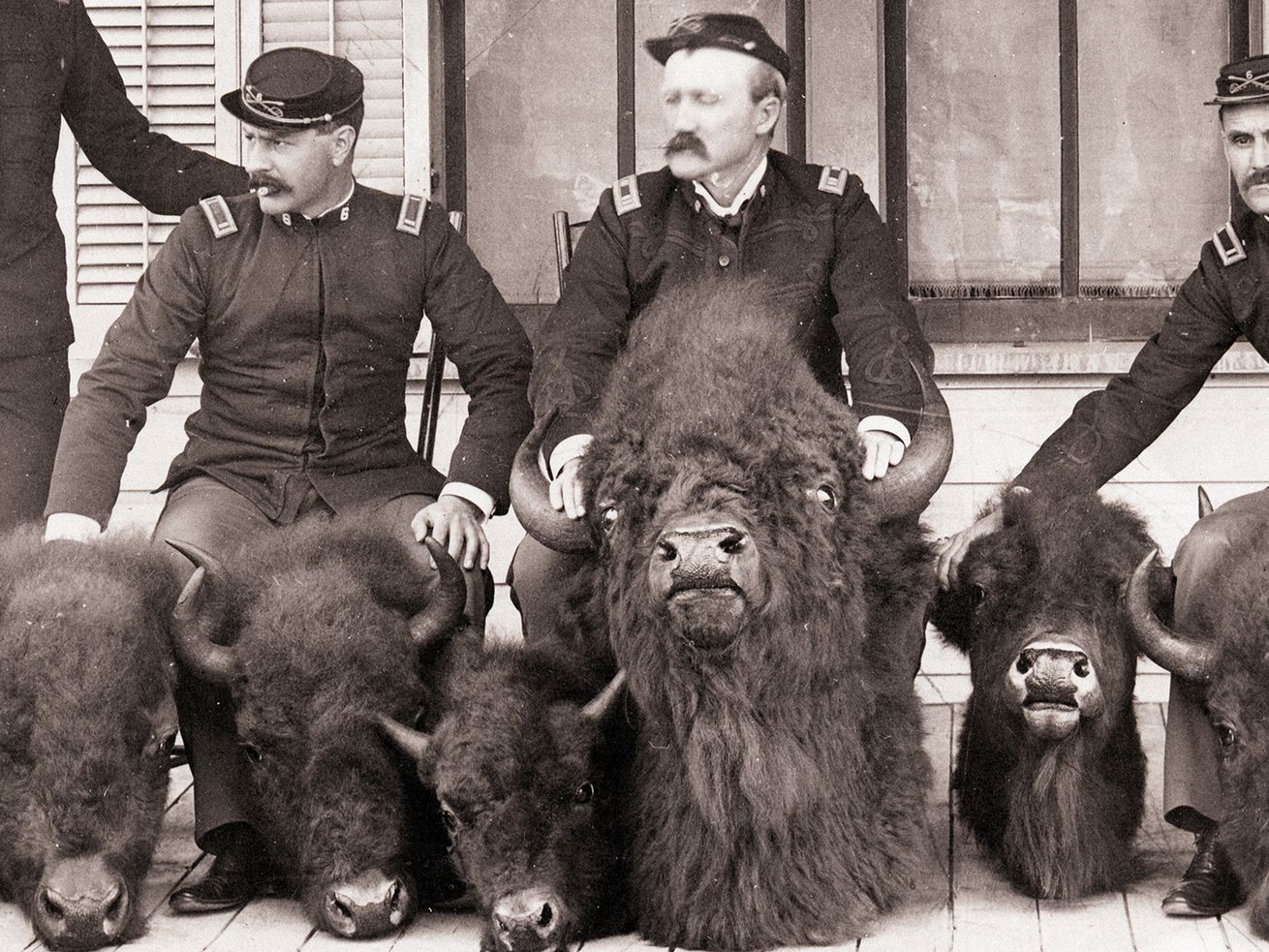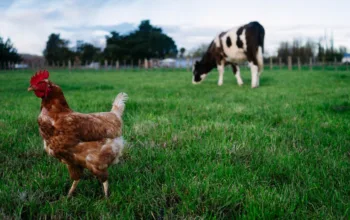And then took credit for “saving” them.
In 1894, notorious poacher Ed Howell was caught in Yellowstone National Park slaughtering bison, which were on the brink of extinction. US Army soldiers patrolling the park brought him into custody, and the story led to the first US federal law protecting wildlife. The soldiers were thought of as heroes for stopping the killer. But in reality, it was the US Army that had been responsible for driving bison to near-extinction in the first place.
In the mid-1800s, a cultural belief known as “manifest destiny” dictated that white settlers were the rightful owners of the entire North American continent — even though Native Americans had inhabited the land for centuries. In order to clear that land for white settlers, the US Army engaged in violent scorched-earth tactics against the Indigenous peoples of the Great Plains. One big part of that campaign was to eliminate their crucial food source: the bison.
By the end of the 1800s, a combination of commercial and recreational hunting, plus the actions of the US Army, had depleted the bison population to under 1,000, down from tens of millions at the beginning of the century. Around the same time, the US government set aside some of the land once inhabited by the Plains Indians as a national park, and in 1872 Yellowstone was established.
A key mission of Yellowstone was to conserve the land and the animals that roamed there, including the bison. Today, the soldiers who once patrolled the park are celebrated for having “saved” the bison in Yellowstone, obscuring their own violent contribution to the animal’s near-extinction.
You can find this video and all of Vox’s videos on YouTube. And if you’re interested in supporting our video journalism, you can become a member of the Vox Video Lab on YouTube.
Darkroom is a history and photography series that anchors each episode around a single image. Analyzing what the photo shows (or doesn’t show) provides context that helps unravel a wider story. Watch previous episodes here.
Author: Coleman Lowndes
Read More



